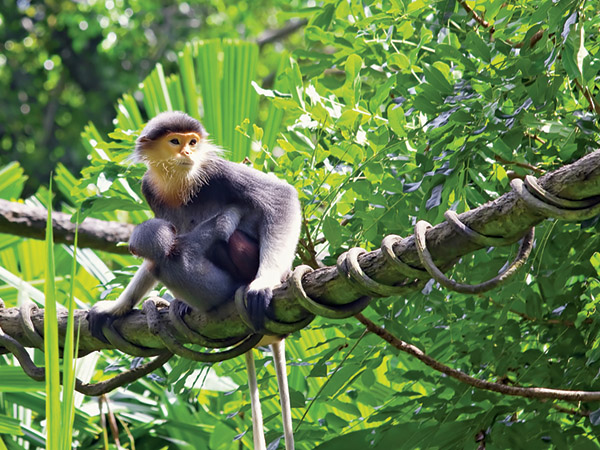
Grade:
Topic:
Unit:


In this lesson mini, students learn about rainforest habitats and some of the animals that live in them, focusing on specific traits that help these animals survive. Students also develop their vocabulary and observational skills as they read articles, examine images, and engage in discussions and hands-on activities related to the study of rainforest habitats and animals.

Minutes
Minutes
Minutes
Minutes
Minutes

Level-up current events into dynamic learning!